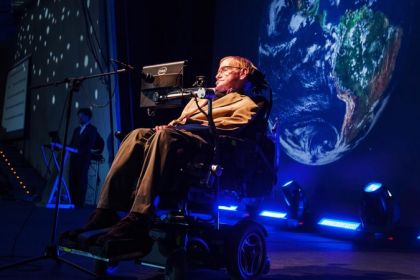TECHNOLOGIES
'50s technological revolution of sound recording elevated Sinatra's voice

Studer Tape Deck
Music Period: 1950s
The ‘50s were a time of modification for every industry, including the music recording and production. Rock'n'roll and other emerging genres combined newly invented instruments such as the electric guitar, the bass guitar, electric organs and tube amplifiers, providing a fresh and fierce sound.
The superior craftsmanship of these years gave us the highly sought Fender Strats & Teles and the ageless Les Paul guitars. One of the most magnificent bass guitars was also created in the same decade: the Fender Precision Bass. Soon after, Fender developed the Tweed guitar combo that will have become another must-have classic amp for every guitar enthusiast.
Most ‘50s records share similarities in sound thanks to trends in recording techniques as well as equipment used by most studios at the time. The development of the Telefunken U47M as one of the greatest vocal mics of all time, used by everybody from Sinatra to Adele, helped define a new, much clearer and direct vocal sound.
The sound which defined that decade has been strongly influenced by the effects used at that period. Echo was one of the first effects utilized during recording. Reverbs were also being introduced, headed by the plate reverberators. At the staggering weight of 300kg, these devices required its own room within the studio, which can be compared to the first computers, including the influence they have had on their industry.
Love Is Here To Stay written by George Gershwin performed by Frank Sinatra is a great example of that unique '50s sound:



